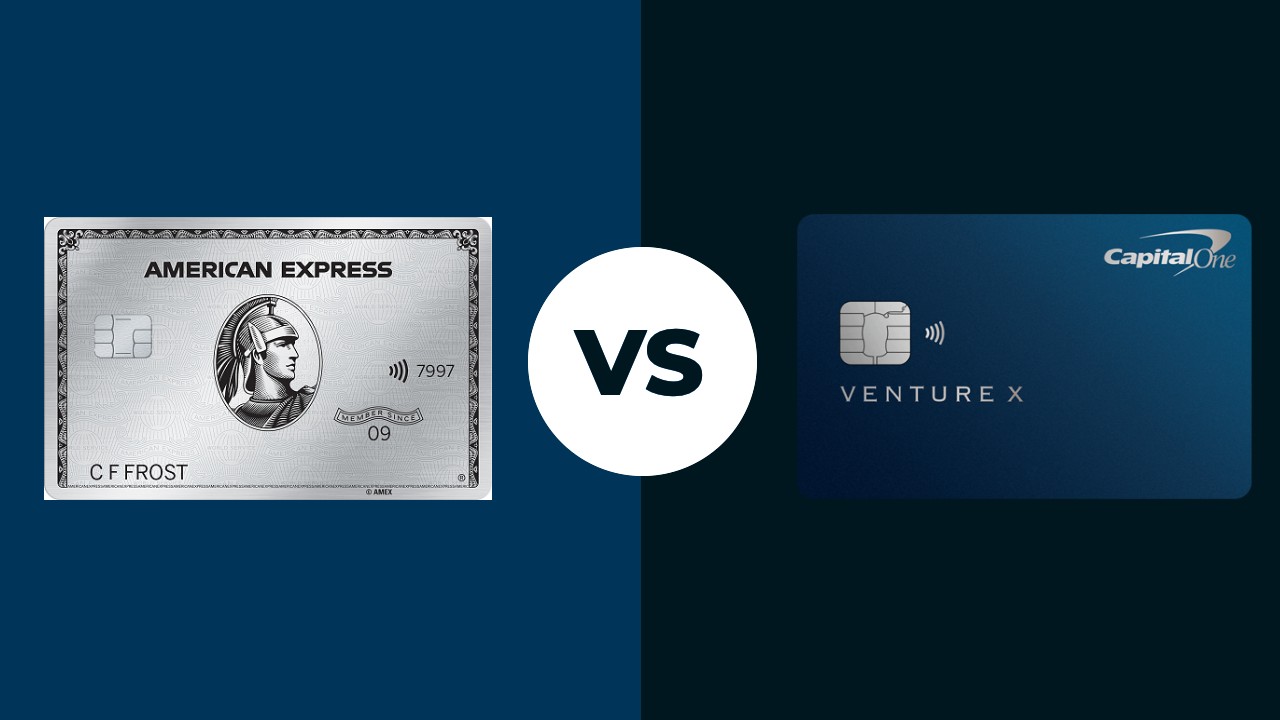When choosing a credit card, two of the most prominent names in the industry are Capital One and American Express (Amex). While both companies offer a wide range of cards, their strengths and target audiences differ. This comparison breaks down the key differences between Capital One and Amex to help you decide which one is the best fit for your financial needs.
1. Card Options and Accessibility
- Capital One: Known for its accessibility, Capital One offers credit cards for a wide spectrum of consumers, including those building credit or repairing it. With options like the Venture Rewards for travelers, Quicksilver for cash back, and secured cards for beginners, Capital One caters to a diverse audience.
- American Express: Amex is synonymous with premium credit cards, with standout options like the Platinum Card for luxury travelers and the Blue Cash Everyday Card for cash back. However, Amex typically targets consumers with higher credit scores, limiting access for those with less-established credit.
2. Rewards Programs
- Capital One: Rewards are straightforward and flexible. With cards like the Venture Rewards, you earn unlimited miles that can be redeemed for travel purchases or transferred to travel partners. Additionally, cash-back cards like the Savor Rewards are great for dining and entertainment.
- Amex: American Express offers a robust Membership Rewards program with extensive transfer partnerships, making it ideal for frequent travelers. Amex also excels in offering specialized rewards, such as dining perks and exclusive experiences, that go beyond simple cash back or travel.
3. Travel Benefits
- Capital One: Travel perks include no foreign transaction fees, straightforward redemption for travel purchases, and access to Capital One Travel for booking. The Venture X also includes airport lounge access and travel credits, catering to premium travelers.
- Amex: With the Platinum Card, Amex dominates the luxury travel space, offering benefits like extensive airport lounge access (Global Lounge Collection), annual travel credits, elite hotel status, and comprehensive travel insurance.
4. Fees and Affordability
- Capital One: Most Capital One cards have no annual fees or reasonable fees relative to their benefits. For example, the Venture Rewards card offers significant travel perks for a relatively low annual fee compared to competitors.
- Amex: Amex cards often have higher annual fees, especially on premium cards like the Platinum Card. However, these fees are offset by generous benefits, such as travel credits, concierge services, and luxury experiences.
5. Customer Service and Support
- Capital One: Capital One offers solid customer support and a user-friendly mobile app, but its service does not have the same premium reputation as Amex.
- Amex: Renowned for exceptional customer service, Amex provides 24/7 support, dispute resolution, and personalized concierge services that consistently earn high satisfaction ratings.
6. Acceptance and International Use
- Capital One: As a Visa or Mastercard issuer, Capital One cards are widely accepted globally, making them a reliable choice for international travelers.
- Amex: While Amex has improved its acceptance rates, especially in the U.S., it’s still less commonly accepted abroad, particularly in smaller establishments.
Conclusion
The choice between Capital One and American Express ultimately depends on your financial goals and lifestyle. If you value accessibility, straightforward rewards, and low fees, Capital One may be the better choice. On the other hand, if you prioritize luxury travel perks, premium experiences, and exceptional customer service, Amex is hard to beat.
Understanding your spending habits and preferences is key to selecting the card that best aligns with your needs. Both brands offer excellent options—it’s just a matter of choosing the one that fits your financial journey.

